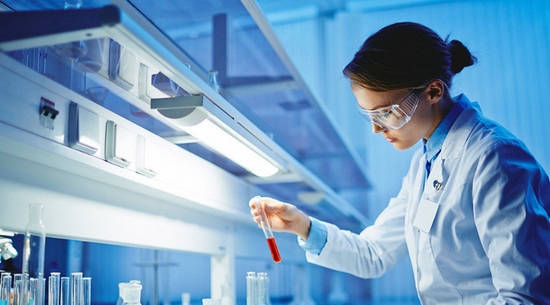
Diglycine, also known as diglycylglycine, N-glycylglycine, or glycylglycine, is a biochemical reagent. Here’s a detailed explanation of its physiological activity and mechanisms of action:
1. Physiological Activity
·Stability: In biological research and pharmaceuticals,glycylglycine is often used as a stabilizer for blood preservation and cytochrome C aqueous injections in protein drugs.
·Enzyme Activity Measurement: Diglycine can serve as a substrate for measuring the activity of diglycine dipeptidase.
·Peptide Synthesis: During the synthesis of peptides, diglycine plays a crucial role as a short peptide.
·Biotechnology: The interaction of diglycine with transition metals is critical in various fields, including biotechnology and medicinal chemistry.
2. Mechanisms of Action
·Stabilizing Effect: As a stabilizer, diglycine may interact with proteins or other biomolecules to reduce their degradation or denaturation in aqueous solutions, thereby prolonging their shelf life.
·Enzymatic Reactions: When measuring the activity of diglycine dipeptidase, diglycine acts as a substrate that is catalytically hydrolyzed by the enzyme, producing corresponding amino acids. The amount of hydrolysis products can be used to indirectly estimate enzyme activity.
·Peptide Chain Synthesis: As part of a peptide chain, diglycine connects with other amino acids via peptide bonds, forming peptides with specific sequences and functions.
·Metal Ion Binding: The binding of diglycine to transition metal ions may occur through coordination bonds or other interactions. This binding can influence the catalytic activity and redox properties of metal ions, playing a key role in biotechnology and medicinal chemistry.
Diglycine exhibits extensive physiological activity and application potential in biological and pharmaceutical fields. However, further in-depth research and exploration are needed to fully understand its specific mechanisms of action.